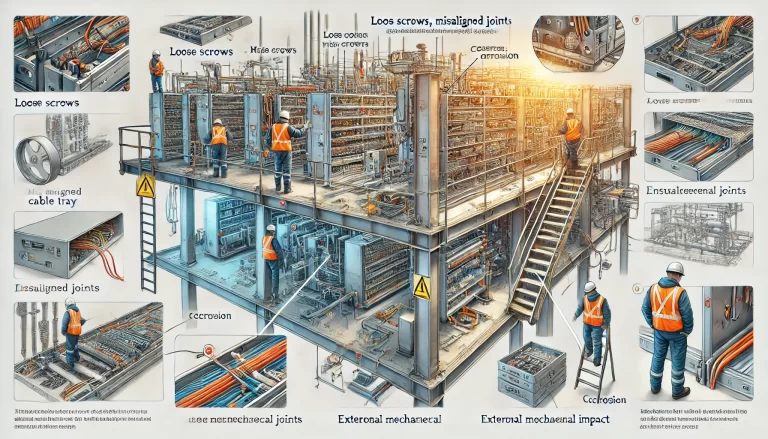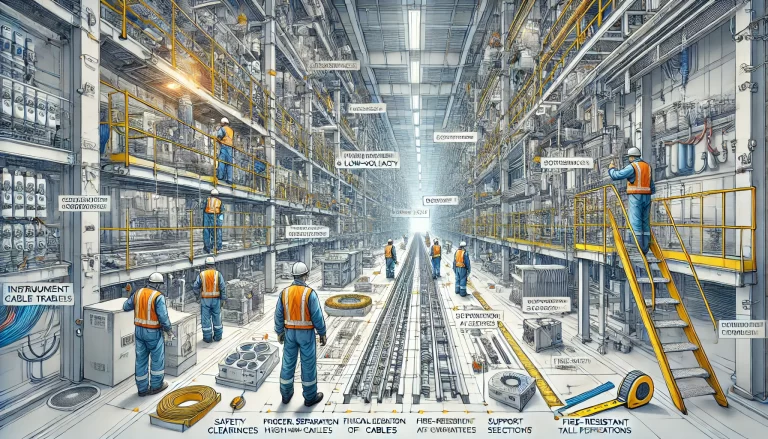1. Introduction
During cable installation, the minimum bending radius is a key quality control indicator. This article explains why bending radius matters, what it actually means, and what standards apply to different types of cables.

2. What Is Minimum Bending Radius?
The minimum bending radius refers to the smallest radius a cable can be bent during installation without causing mechanical damage to the cable or affecting its electrical performance.
If a cable is bent beyond its allowable radius, the internal conductors or insulation layers may become deformed or cracked. These types of mechanical damage are often hidden inside the cable structure and cannot be easily detected through conventional testing methods such as:
Insulation resistance testing
Leakage current measurements
Circuit loop resistance tests
Over time, excessive bending stress can lead to worsening internal damage, eventually resulting in electrical failure or system downtime.

3. Why Is It Important?
Maintaining proper bending radius during installation ensures:
Long-term reliability of the cable system
Reduced risk of hidden damage
Compliance with electrical and mechanical standards
Minimization of downtime caused by undetected cable faults
4. Minimum Bending Radius Standards
Different types of cables have different minimum bending radius requirements. The general rule is to express the bending radius as a multiple of the cable’s outer diameter (D):
| Cable Type | Minimum Bending Radius |
|---|---|
| Non-armored cables | ≥ 6 × D |
| Armored or copper tape shielded cables | ≥ 12 × D |
| Shielded flexible cables | ≥ 6 × D |
| Flame-retardant cables | ≥ 8 × D |
| Fluoroplastic insulated/sheathed cables | ≥ 10 × D |
| Fiber optic cables (static) | ≥ 15 × D |
| Fiber optic cables (dynamic/moving) | ≥ 20 × D |
| Fieldbus communication cables (single bend) | ≥ 10 × D |
| Fieldbus communication cables (multiple bends) | ≥ 20 × D |

5. Conclusion
Minimum bending radius is not just a theoretical number—it directly impacts the safety, durability, and performance of your cable systems. Installers, engineers, and inspectors should always follow the manufacturer’s specifications and industry standards to avoid hidden cable damage and future failures.
